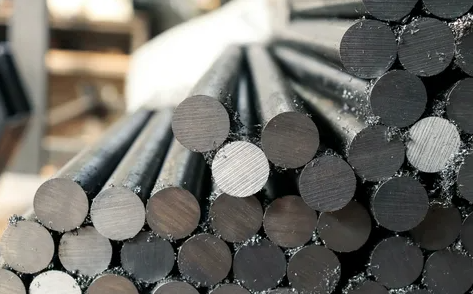After the central government decided not to influence local government on GDP growth, about half of the provinces cut their GDP growth forecast for 2014, which is economically feasible in the face of fighting excess steel capacity and meeting environmental requirements.
All major steelmakers in Hebei, Jiangsu and Shandong cut their 2014 GDP growth targets by 0.6 - 1 percentage points. National, domestic demand for steel products will grow marginally 3.2 percent to 715 million tons this year, the Steel Institute estimates. From the point of view of the domestic market, there are some aspects that could slow down the consumption of steel in the country, but the companies will still have good opportunities.
According to the 12th Five-Year Plan (2011-15), China is expected to build 36 million apartments, which will add 10 million available apartments annually in the near future. This construction will increase domestic steel consumption.
The central government plans to invest at least 1.4 trillion. yuan in the expansion of railway infrastructure over the next two years. The key focus will be the western region, which will increase the use of steel in the area.
The National Machinery Industry predicts to achieve 12 percent growth in production and sales this year. The sector will consume about 140 million tons of steel products, which is 5.3 percent higher than last year.
The automotive sector will consume 50.7 million tonnes of steel this year, based on the sector's robust growth. The energy and shipbuilding sectors as well as electronics will see a small surge in steel consumption.
Steel industry in China's provinces adjusted GDP growth to a lower level

|
|
Azovpromstal® 2 March 2014 г. 16:52 |





